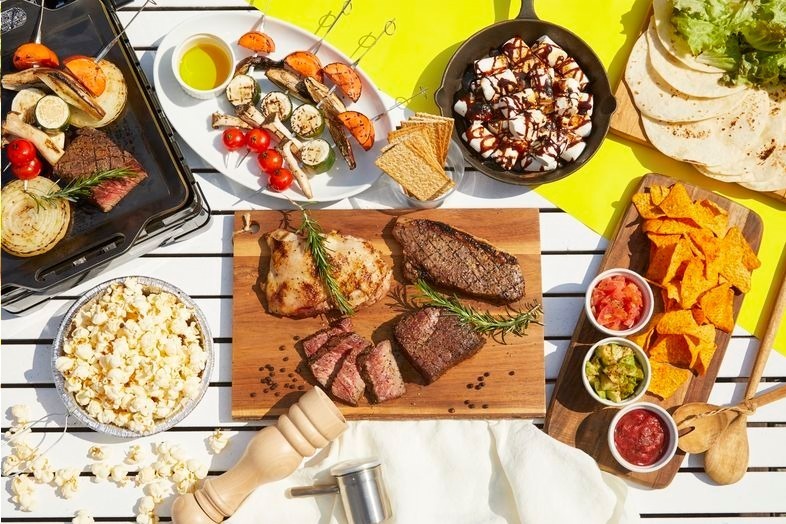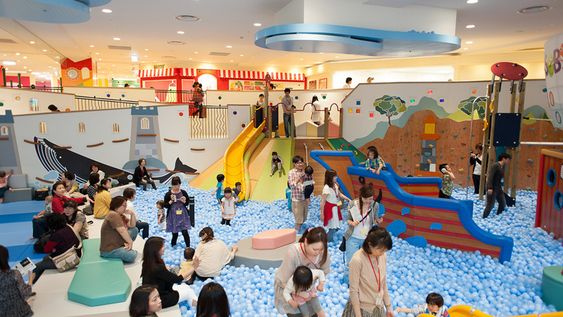Best Beer Gardens in Tokyo Right Now
The summer is here, and usually, Tokyo has many beer gardens and rooftop terraces open this time of the year. However, due to the state of emergency, this year many of them closed or do not serve alcohol. In this article, we gathered a list of places that were able to make a proper arrangement and they serve the alcohol despite the restrictions.
Other events you can enjoy in Tokyo this summer:
Best Beaches Around Tokyo Area.
Camping Options (Very) Close to Tokyo.
Wild Beach Shinjuku
This beer garden in Shinjuku is located on the rooftop of Lumine Est. Here you will be able to order alcoholic drinks, such as beer, wine, and various cocktails. The place is divided into 5 zones: luxury terrace, runway beach, anniversary room, forest garden, and glamping deck. You can choose any area and just chill with friends, or family, or even by yourself. Also, it is open all day long, so great lunch deals and even tea time sets are available too. This is a true spot of relaxation in the busy Shinjuku.
Beer Terrace 1949 Hibiya Saroh
Hibiya Saroh is a garden restaurant founded in 1949. Probably the oldest in Japan. Enjoy nature and a selection of beer and meals on the terrace in Hibiya Park. On the second floor, there is a space which you can rent for a private event or celebration. The place is open all day long and kids are welcome. On the weekends it is recommended to make a reservation.
BBQ Terrace Chaleur Omotesando
Enjoy BBQ right in the center of the most fashionable area in Tokyo. Here you can rent all the equipment for BBQ. As for the food, you can bring your own ingredients or buy them here. Additionally, to a great meal, you will get also a very nice view. But please be noted that during the weekdays the terrace is open only for two hours in the evening and you need to make a reservation.
Matsuya Ginza Beer Garden
After being closed last year due to well-known reasons, this year the beer garden is reopening with a new food menu and drinks. However, in order to keep it safe, the number of seats was reduced by 40% and alcohol won’t be served to groups larger than 2 people. The garden will be open from late afternoon until 8 PM every day, reservations are recommended.
Tenku Lounge Shinjuku
Another beer and BBQ garden in Shinjuku which is open from lunchtime until midnight. You can enjoy a course menu or a la carte, and, of course, the alcoholic drinks, such as beer, wine, and pretty much anything you wish. Before making a reservation, make sure to check their website, because they have many discounted coupons.
Enjoy your summer in Tokyo with tasty food, refreshing drinks, and good vibes.
All the details in the article are correct at the time of writing it. But is highly advised to contact the venue before visiting it, as some changes might be applied.










